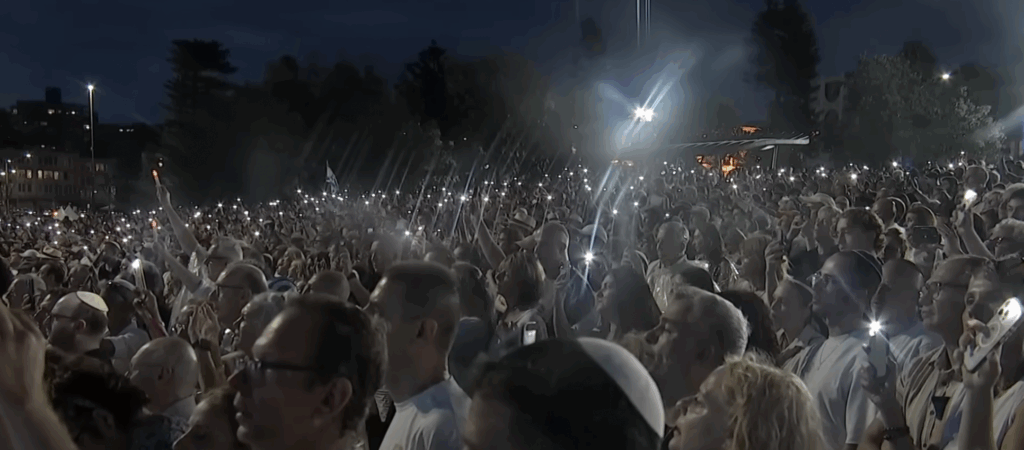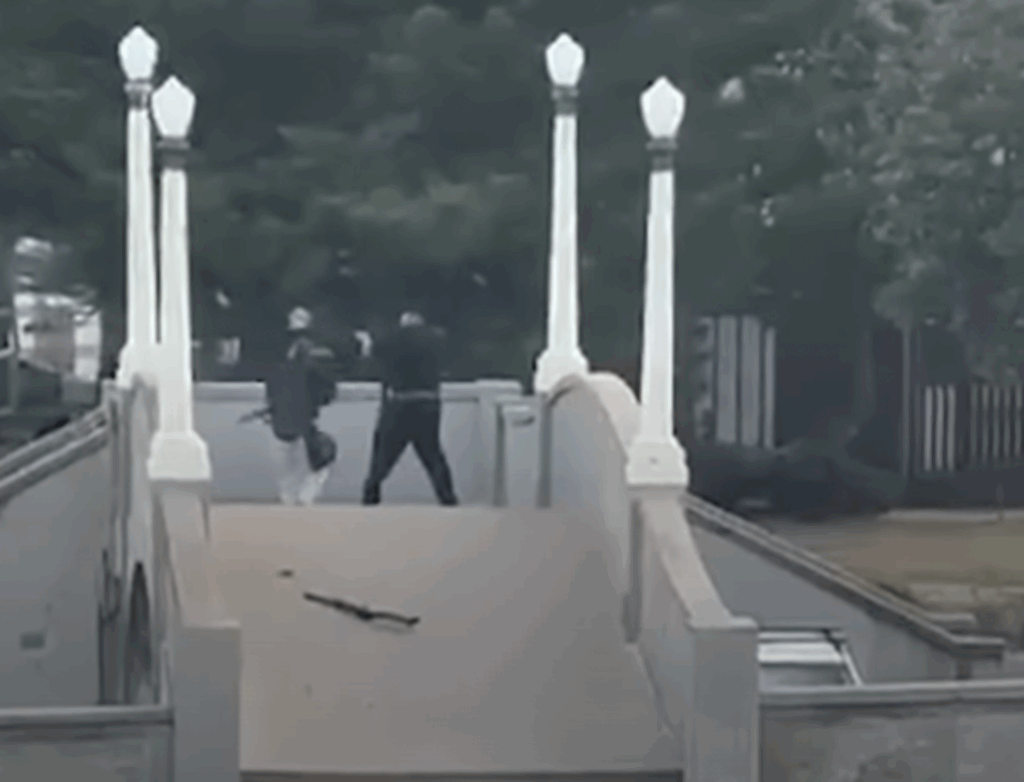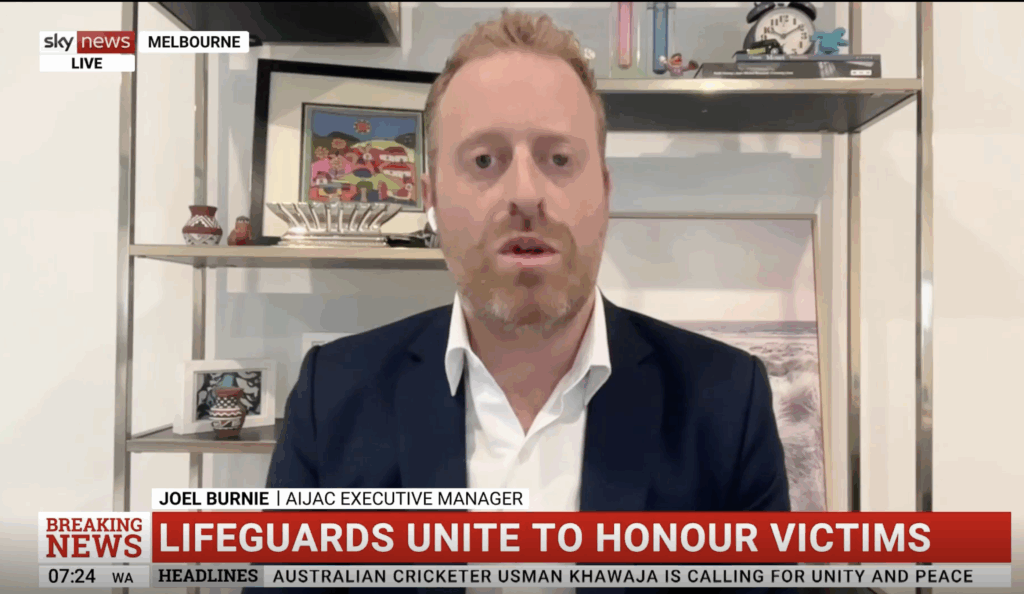IN THE MEDIA
Israeli videocams show the naked truth of what happened
June 7, 2010 | Daniel Meyerowitz-Katz
Daniel Meyerowitz-Katz
The Australian – June 07, 2010
THERE are lessons to learn from the flotilla incident beyond the geopolitical fallout and legality of blockades. This incident vividly demonstrates the next step in 21st century warfare.
The flotilla was a clever publicity stunt; the people on board had set out to make a statement to the world. From the instant the organisers rejected an Israeli and Egyptian offer to deliver the aid they were carrying, to the moment they changed course in order to maximise the publicity for the inevitable confrontation with Israel, there was never any doubt that despite the aid on board, the true aim was an attention-grabbing exercise.
Arabic footage from Al Jazeera translated by the Middle East Media Research Institute showed one of the organisers saying that there were two possible endings, “Gaza or martyrdom”. Added to the pipes, knives, slingshots, gas masks and firebombs that they armed themselves with, this was clearly a group of people gearing up for a confrontation.
During Operation Cast-Lead in Gaza at the end of 2008, Israel, often burnt in the past by misrepresentations of its activities, blocked all media from entering Gaza. This move was entirely to its detriment — it meant that all of the reports, pictures and footage emerging from the conflict consisted solely of propaganda released by Hamas, who were the only reporters on the ground as their despotic regime viciously controls all Gaza-based media. After Cast-Lead, the IDF must have thought deeply about how they had been unfairly portrayed and how to avoid this in the future. It was then they grasped the true weapon of the 21st Century: the video camera. This is the principal piece of equipment that the navy SEALs dropping on to the flotilla were armed with.
The paintball guns and sidearms were merely an afterthought. The cameras rolled as an individual soldier was grabbed off a rope by a bloodthirsty mob and then beaten with metal poles.
They recorded as one soldier was thrown off a deck and another was stabbed repeatedly in the back. In short, by filming the entire confrontation, Israel ensured that the true story of the incident would be shown to the world.
And then Israel released the second prong of its strategy.
It disseminated the material through a whole spectrum of social media platforms.
Social media has been used before to disseminate the truth to an otherwise hostile media.
The protests against the sham re-election of the tyrannical Iranian regime were reported to the world through Twitter, despite Iranian attempts to quash all reports of the goings-on.
The website Wikileaks has virally spread a range of previously classified material throughout the internet and subsequently the media, from classified video footage of US marines shooting Reuters reporters to exposing Iceland’s dodgy bank dealings.
Through posting all of the videos taken of the incident on Facebook, YouTube and Twitter, the IDF ensured that their side of the story was at least available.
It’s very hard for anyone to claim that the Mavi Marmara was packed with peace activists.
It’s extremely challenging to claim peaceable goals when organisers of the protest were filmed chanting “O Jews! The Army of Mohammed is coming!”
Some less savvy commentators failed to unearth this material, but as cameras become smaller and more prevalent and transfer of information becomes easier and easier, we can expect the uncensored truth to emerge from conflicts this century.
This, to anyone, should be an exciting prospect.
Daniel Meyerowitz-Katz is a policy analyst at the Australia/Israel Jewish Affairs Council.
Tags: Anti-Zionism





